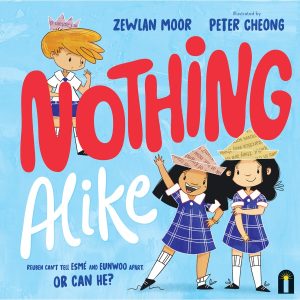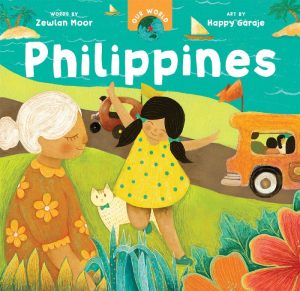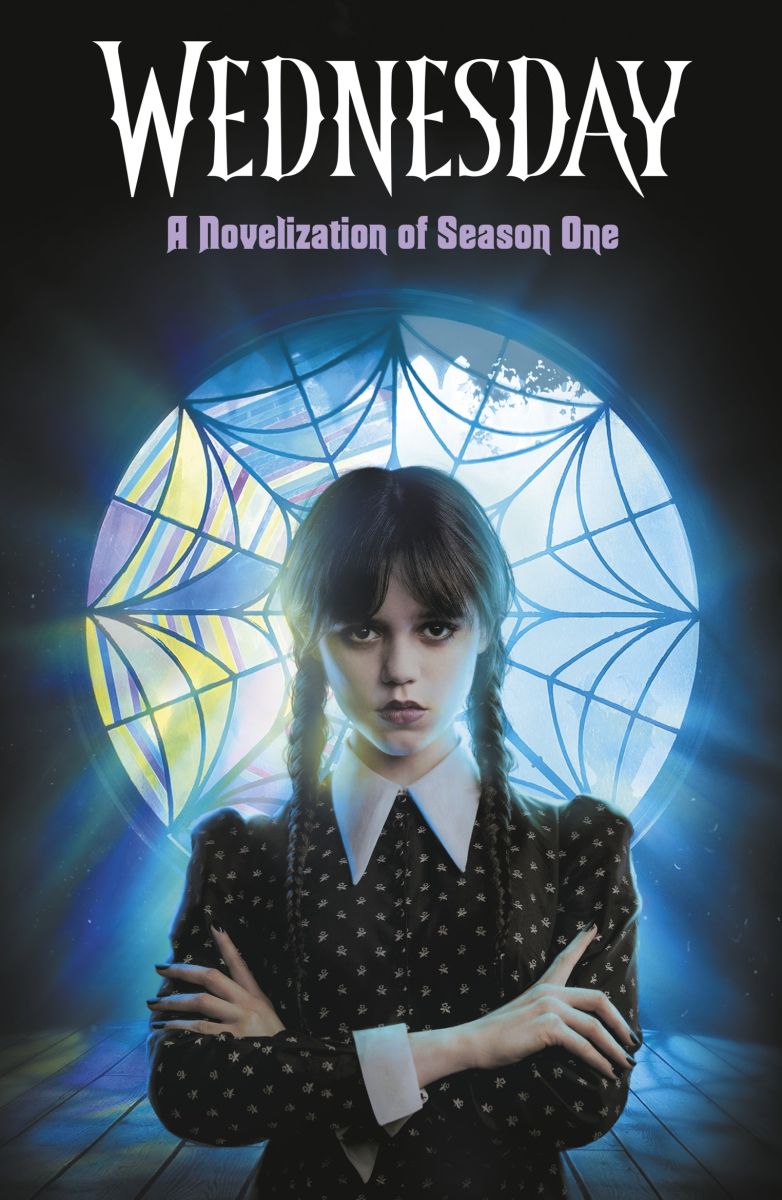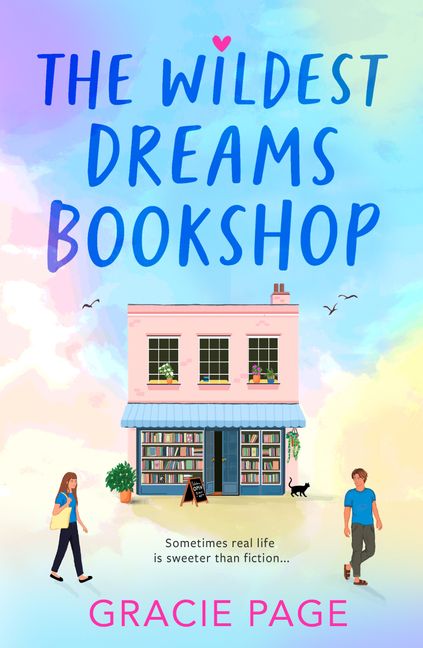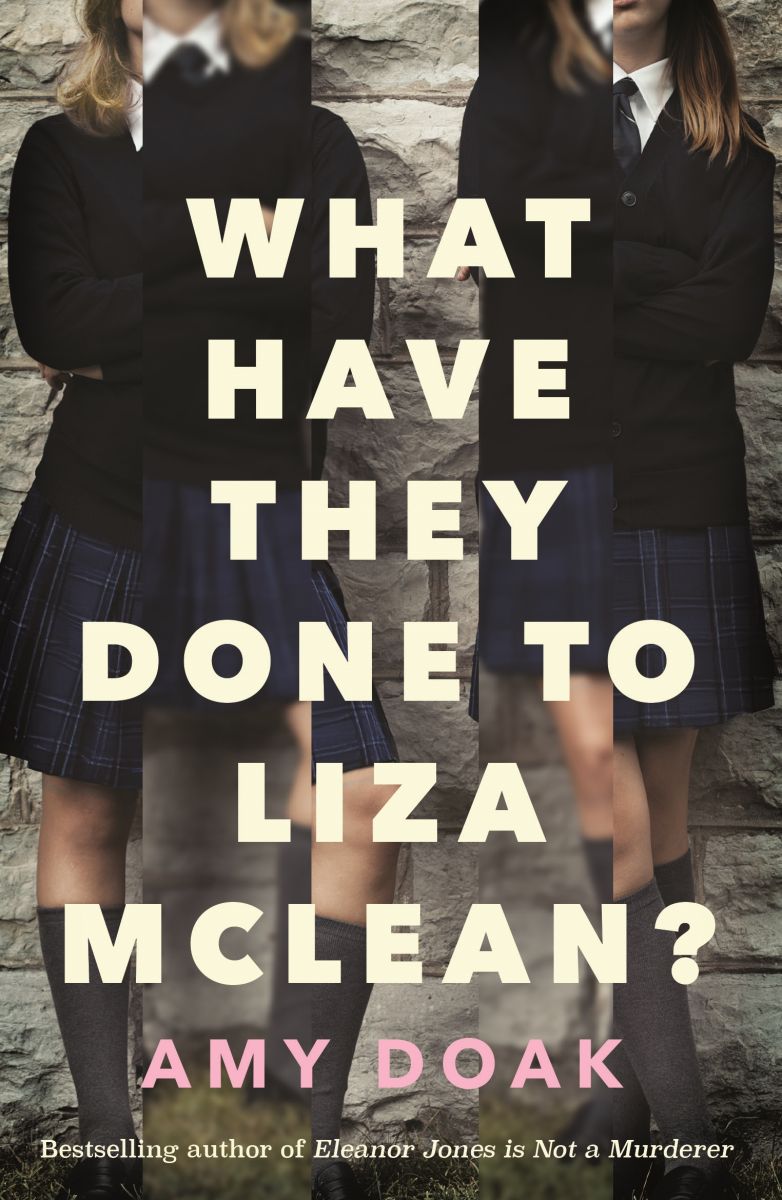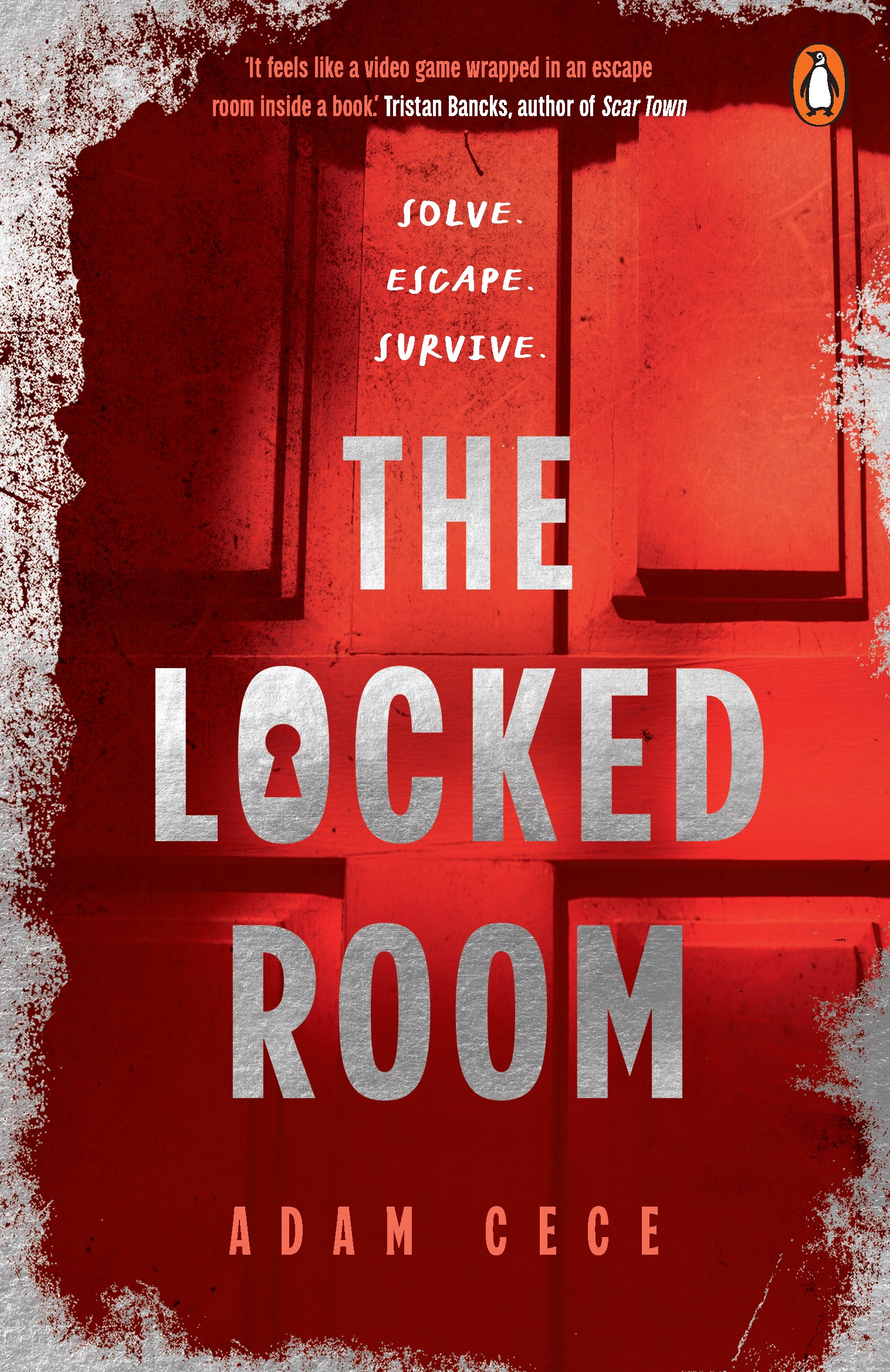
The Locked Room
By Adam Cece
Reviewed by Zewlan Moor
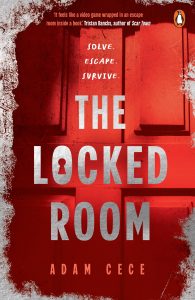 Andy wakes up with three other students from his school. Chad, the bully, Gabriella Lee, the leader of the elites, and a mysterious girl known as Nameless Girl.
Andy wakes up with three other students from his school. Chad, the bully, Gabriella Lee, the leader of the elites, and a mysterious girl known as Nameless Girl.
They’re in a room labelled K1. It has a timer counting down from one hour. At the end of the hour they move through a green door to a room marked K2. From then on they realise that in order to escape they must proceed through a series of challenges to get out of each room, avoiding the red doors.
It doesn’t take nerdy Andy long to realise the pattern of rooms corresponds to a chess board. The kids do not play it safe though. They test hypotheses to test the rules in this newfound world, and just how far they can take things.
The challenges initially seem random, but then they acquire a more personal flavour. It seems as if some of the rooms have specific meaning for one of the players. The most engaging of these is a bedroom with a stained carpet, a bed and a wardrobe. In fact, it is apparently a replica of Nameless Girl’s bedroom, with only one thing missing.
Each room requires “solving”, like an escape room puzzle, and these solutions are often intimately bound up in the personal histories of the students, challenges they’re going through in terms of their personalities or family situations, or their relationships with each other.
Cece has mentioned in an interview that The Locked Room is somewhat of an homage to his favourite film writer and director, John Hughes. As such, he sat down to write The Breakfast Club set in an escape room. The vibe between the characters is really quite similar, with some Twenty-First Century updates. Readers who have seen the film will appreciate the intertextuality.
My 11 year old son liked this book a lot, despite being somewhat of a reluctant reader. Therefore I can recommend it for fans of The Hunger Games and Wild Robot series. He particularly liked the character of Nameless Girl, and I think he would like to explore the characters in more depth in a sequel.
Penguin 2025
Adam Cece
 Zewlan Moor is the author of Nothing Alike and The Bill Dup and Our World: Philippines
Zewlan Moor is the author of Nothing Alike and The Bill Dup and Our World: Philippines
